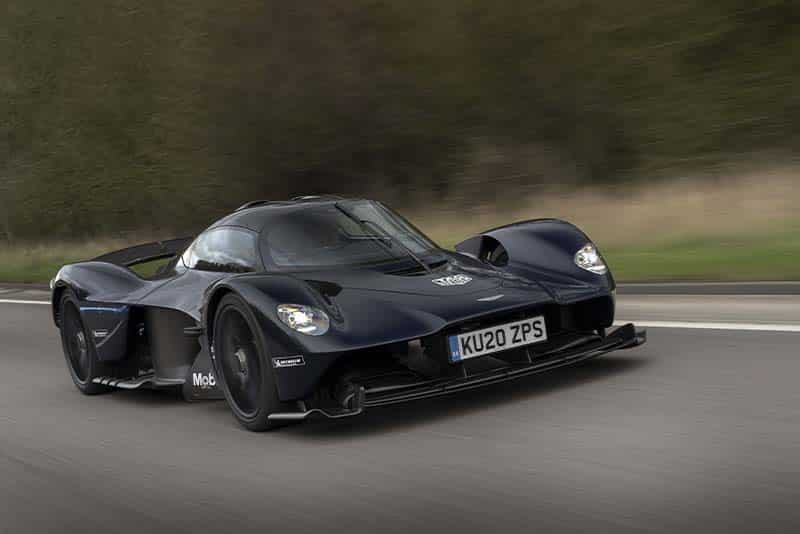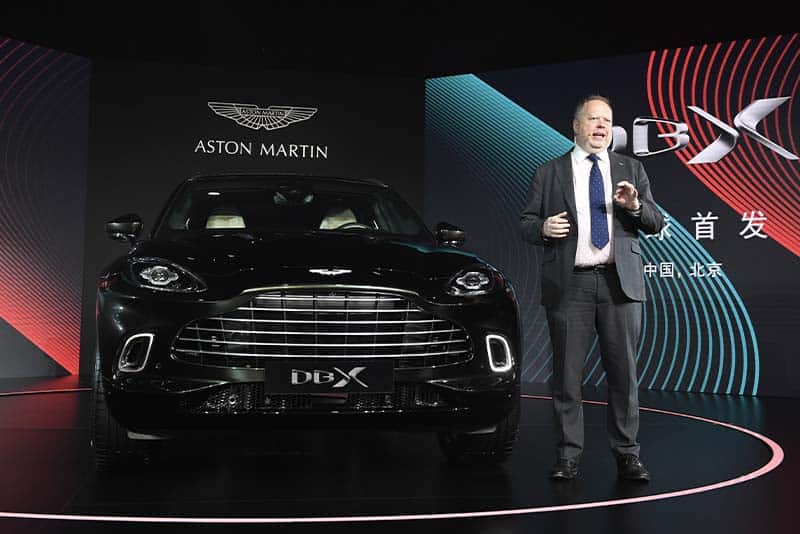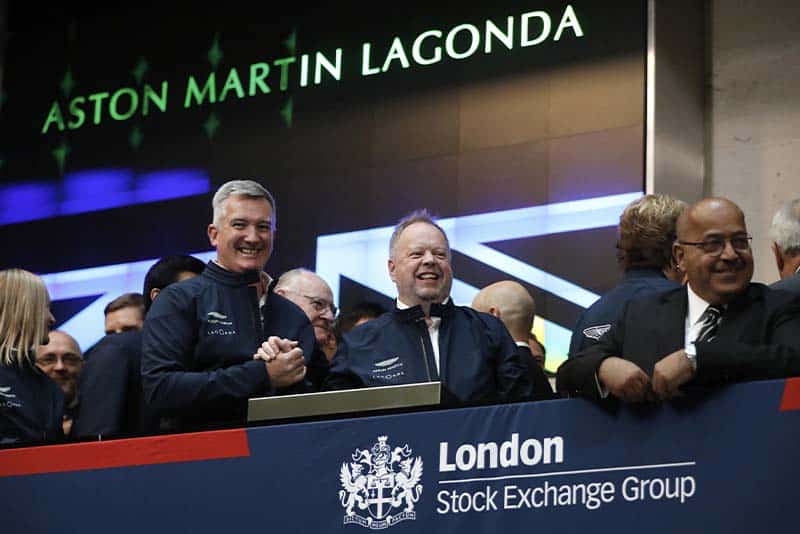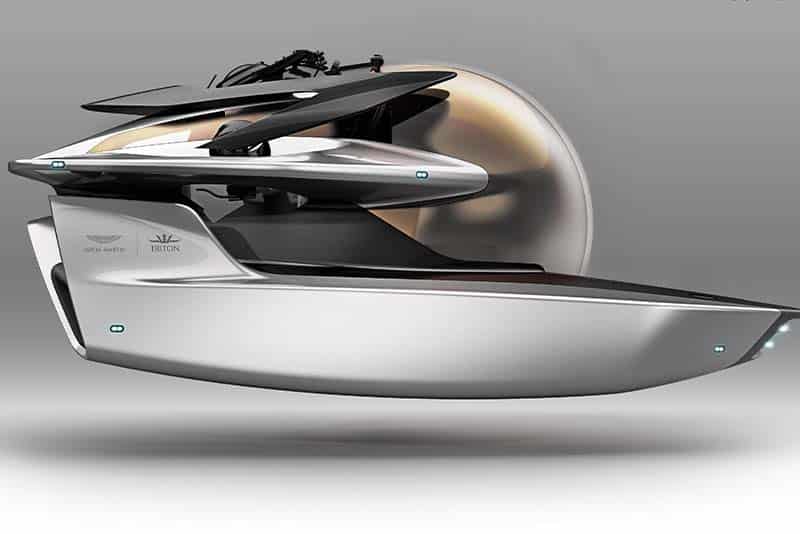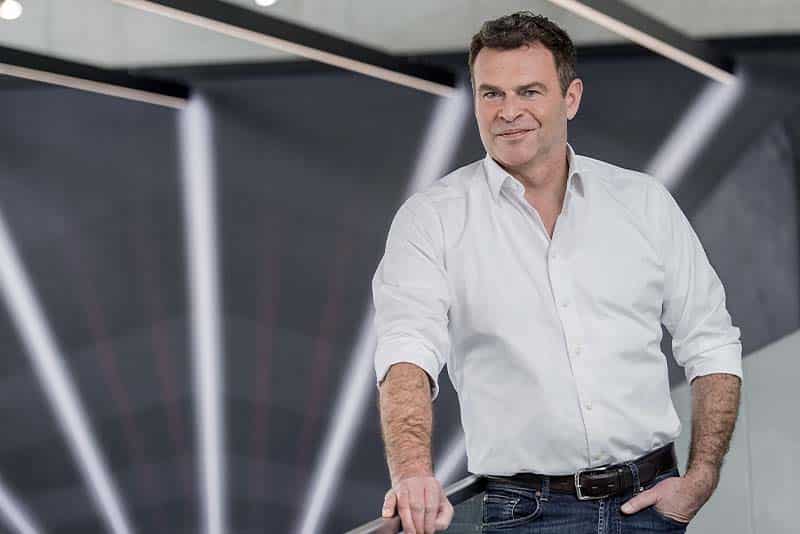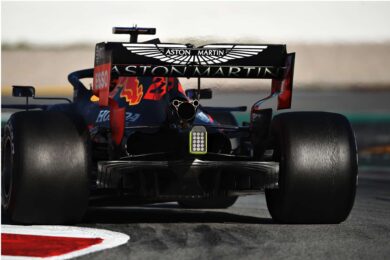In his position I’d continue with the DBX as that programme is essentially complete and luxury SUVs have traditionally commanded enviable profit margins, I’d probably lose the Vantage, roll the DB11 and DBS into one super GT and go all out with the mid-engined Vanquish at the top of the range. This would provide one SUV, one GT and one supercar, and that will probably do for now. There are problems, not the least of which is keeping two factories busy on what might be half the once-anticipated volume, and it takes no account of the long-held plan to relaunch Lagonda as an all-electric rival to Rolls-Royce. But right here and now it must do what it can with what it has.
One last thing – I’d be fascinated to understand better the nature of Moers’ appointment. Has he really left AMG and gone to work for what is at some parts of the market a rival manufacturer? I find that just a little hard to believe. So perhaps there’s something more going on here, an increase in the influence of the three pointed star over Aston Martin? Right now, I’d welcome it.


